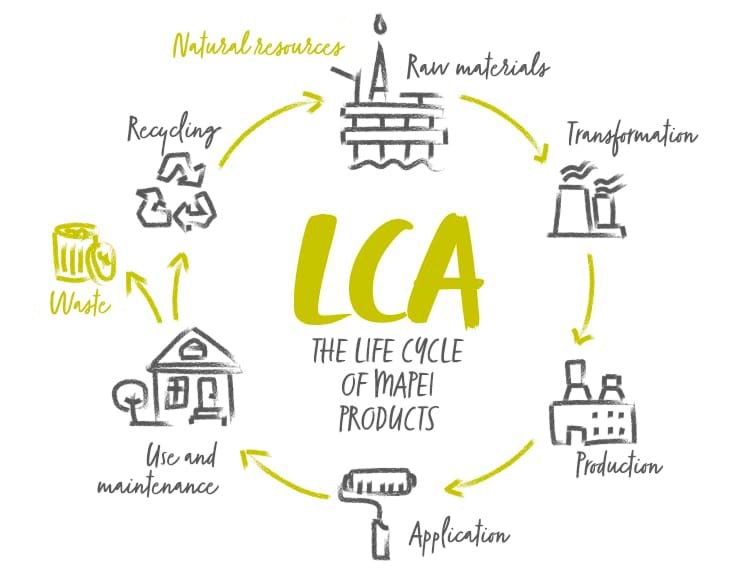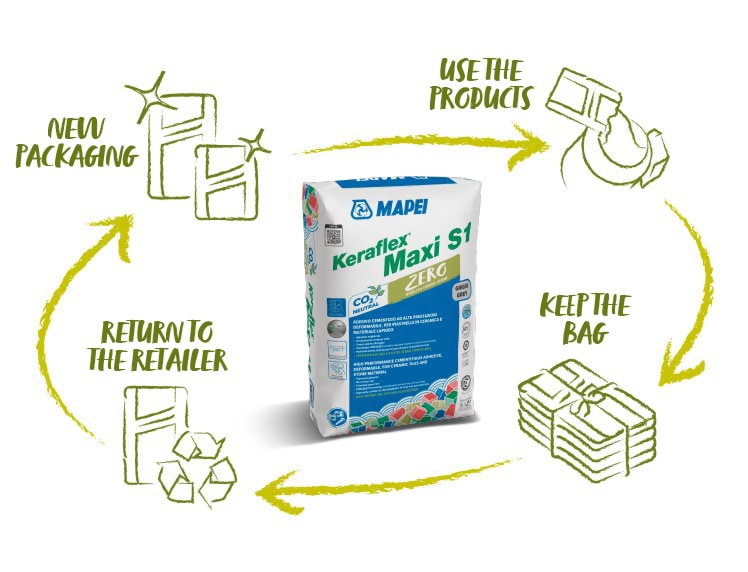LEED v4.1 is a voluntary rating for design, construction and maintenance of eco-sustainable buildings. It’s a worldwide certification system for buildings developed by the Green Building Council of America.
LEED v4.1considers several thematical areas, such as the sustainable site, water use and energy savings, and construction products used in the job-site.
LEED v4.1 certifies buildings not products.
In order to obtain this certification, our products may
contribute in three thematical areas:
- Sustainable Site: products with high Solar Reflectance Index (SRI)
- Materials and Resources: products with EPD
- Indoor Environmental Quality: products with very low VOC emissions








